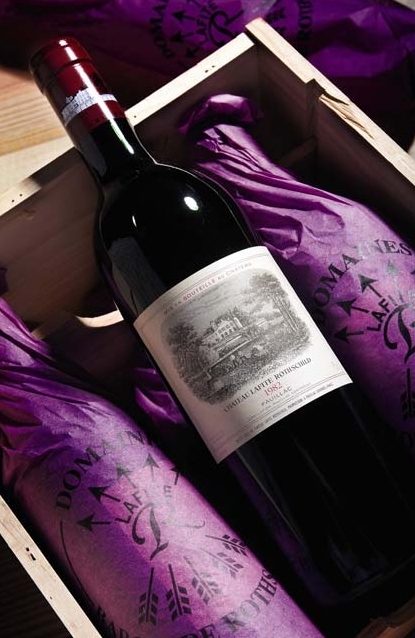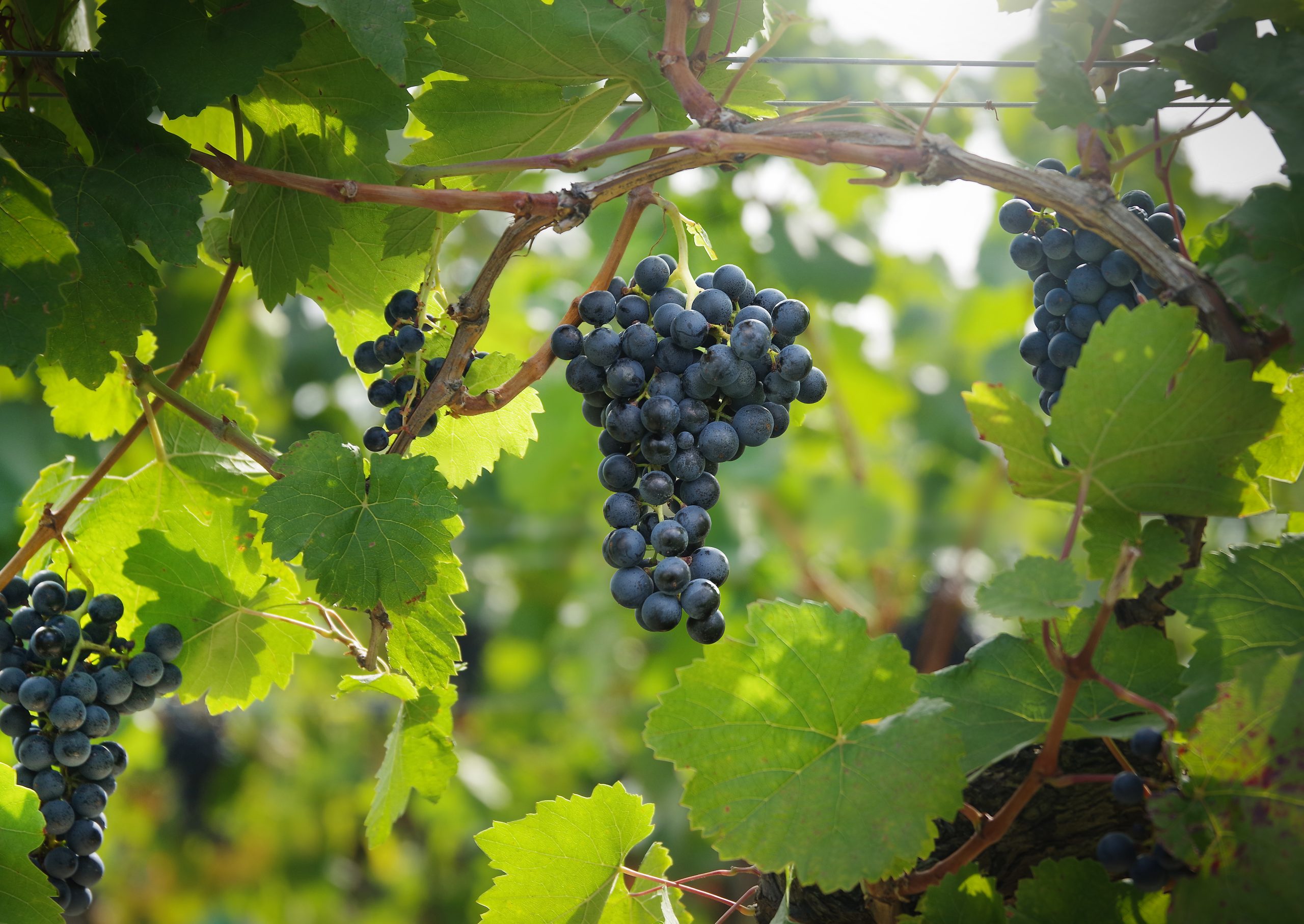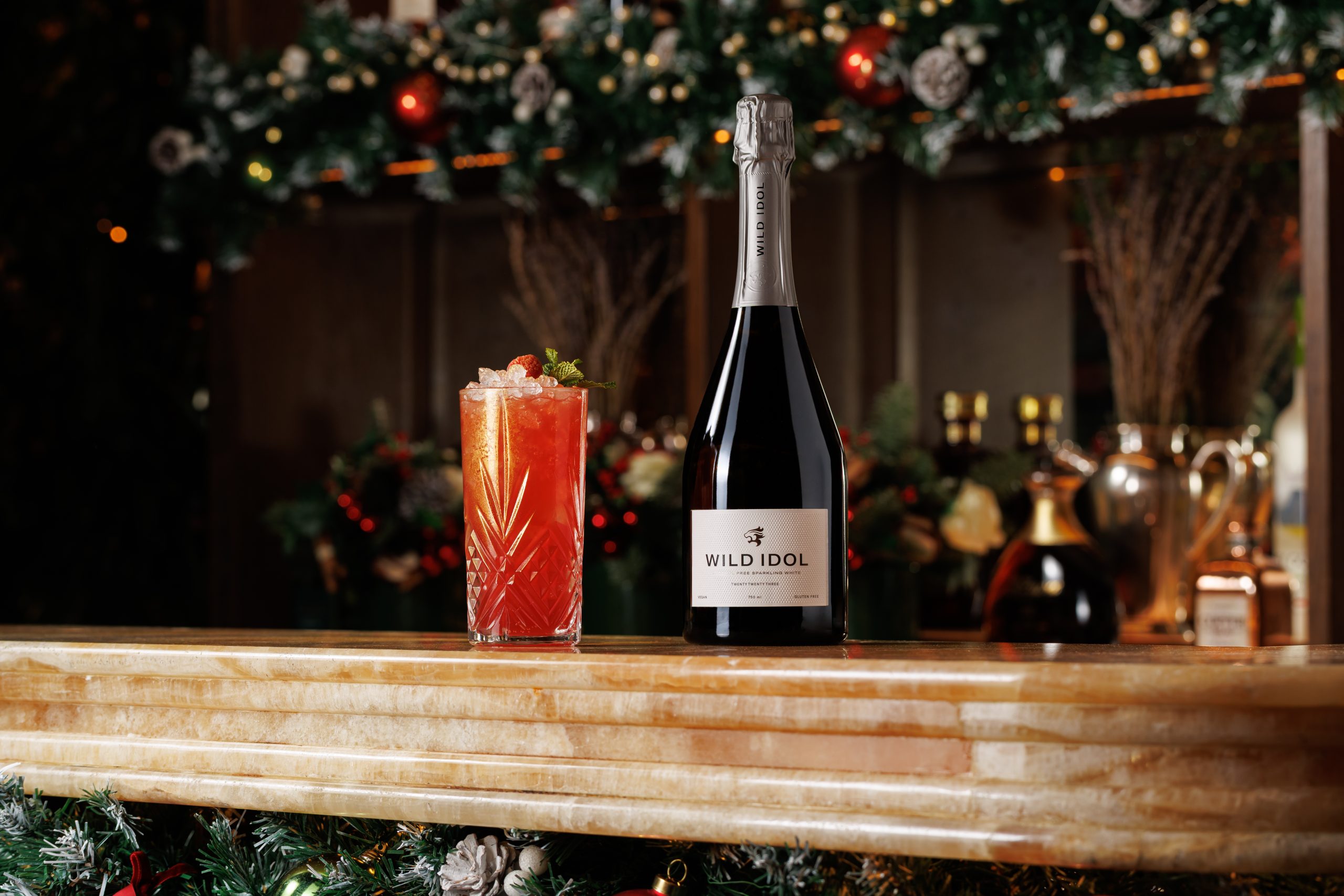In Focus: Bordeaux’s investment potential in 2021
While the fine wine investment market has diversified significantly over the past decade, fine wine merchant Bordeaux Index is certain that there is still money to be made from claret.

Lafite 2010 was being sold at approximately £12,000 per 12-bottle case at the height of the Bordeaux hysteria in 2011. Yet in 2020, a case of 2010 Lafite Rothschild could be snapped up for less than £8000.
A perfect storm has been brewing for a decade: the Chinese state severely clamped down on corporate gifting in early 2012, while collectors were increasingly starting to look elsewhere.
A global shift in fine wine buying behaviour was unlikely to pay dividends to investors who had bet the ranch on 2010 first growths. Many who invested heavily are still licking their wounds.
However, while the market has clearly diversified significantly over the past decade, fine wine merchant Bordeaux Index is certain that there is still money to be made from claret.

Matthew O’Connell, head of investment at Bordeaux Index, told db that the secondary market for leading Bordeaux properties was booming in 2021 – both young and mature vintages.
“The market over the past six months has been characterised by significantly increased demand and prices which are either meaningfully (5-10%+) higher or appear on the verge of rising. Bordeaux and Burgundy have led the charge,” said O’Connell.
“There is no doubt that Bordeaux comprises a lower percentage of both collections and investment portfolios than it did 10 years ago. However, this is really related to the increased market prominence of other regions rather than a decrease in demand for Bordeaux, an important distinction.
“The market is both more diversified and larger overall now than it was in the past,” he added.
Over the past few months, Bordeaux Index has tracked heightened activity in the trading of younger Bordeaux vintages, with particularly prominent flows in 2015s, 2016s and 2018s.
In the wake of the pandemic, estates like Lafite have been more judicious in its en primeur pricing; the 2019 vintage was released at €396 per bottle ex-negociant, down 15.7% on the 2018 release, priced at €470 per bottle.
In addition, the region is releasing far smaller quantities of wine when compared to campaigns run at the turn of the millennium.
“Interest in en primeur is currently very strong, but this tends to be somewhat cyclical depending on release price trends etc,” said O’Connell.
Partner Content
“There has also been strong market demand for – and price performance in – older vintages, including wines such as 1989 Haut-Brion, 1990 Margaux and 1990 Cheval Blanc, all of which are on LiveTrade.”
Nevertheless, contemporary buyers may view Bordeaux’s investment potential with some skepticism. Although the region has reduced the supply of younger wines in recent times, a succession of critically-lauded vintages (15, 16,18,19 and now 20), arguably dilutes the rarity factor. Should today’s investors continue to bank on Bordeaux?
“En primeur releases at the right prices tend to deliver very satisfactory returns for investors over a medium to long term horizon,” argues O’Connell.
“Bordeaux is very much leading the charge as a region at the moment and buying activity in the 2009s and 2010s has been particularly active, with positive price movements.
“But equally it is worth noting that new releases should only ever be part of a balanced portfolio, and one of the great attributes of wine now is that there is the ability to build very diversified investment portfolios across regions and strategies.”
His advice is straightforward enough: look for en primeur releases that offer a meaningful discount on similar quality recent vintages, ideally sold at prices beneath the cheapest physical vintage currently available.
Of course, no investment portfolio comes with an infallible guarantee. But O’Connell is confident that Bordeaux is among the safest options for today’s prospectors.
“In the long history of the wine market there are very few such instances of significant negative ‘mark to markets’ on new releases. I think that almost all investors are aware of that as a positive rather than seeing a couple of en primeur vintages as a cloud over Bordeaux as a region, or buying new releases,” he said.
“Wine is a highly capital-preserving asset, something which is particularly valued by medium to long term investors. It is difficult to find a five year period over which investors into wine would have lost money on a portfolio.”

The World’s Leading Fine Wine Trading Platform – Always check our prices before you sell your wine
LiveTrade® allows all participants in the fine wine market to instantly buy and sell – or place bids and offers on – key wines from Bordeaux, Champagne, Italy and other regions. You can sell pristine In Bond wine from any UK or European storage facility. Bordeaux Index guarantees all transactions to ensure full trading confidence.
Firm Two-Way Pricing – Fast Payment – Access Anytime – Condition Guaranteed – No Joining Fees – 1000’s of Users
Find out more at LiveTrade | Bordeaux Index Fine Wine & Spirits Merchant




